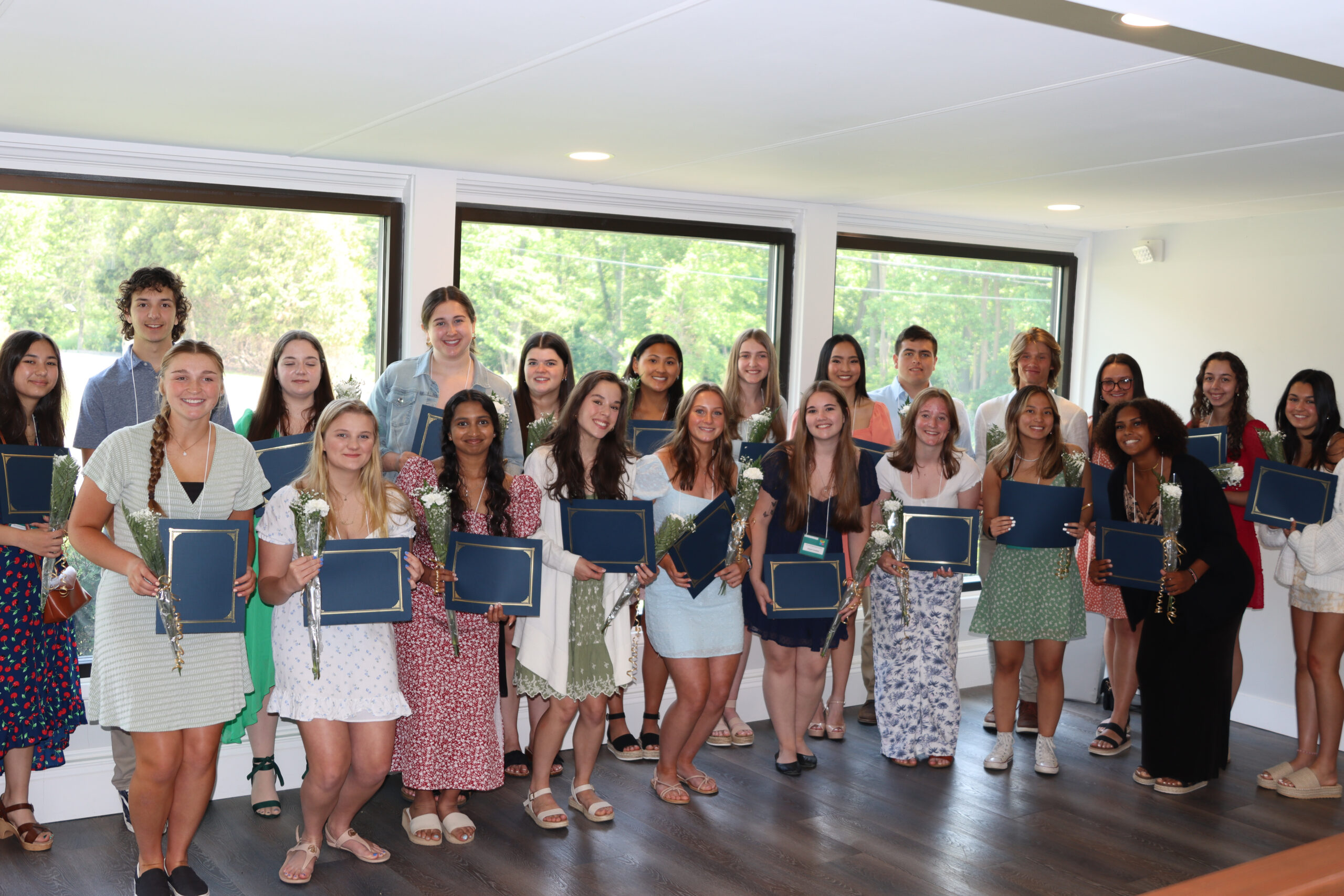Steps in the Selection and Awarding Process, 12 Scholarships for Students in Rural Areas
- Application Submission: Applicants submit completed applications, including required documents, by the specified deadline. This ensures all applications are processed on time and efficiently.
- Application Review: The scholarship committee thoroughly reviews each application, checking for completeness and accuracy. This step ensures all applications meet the minimum requirements.
- Evaluation of Criteria: The committee assesses each applicant based on the established criteria, including academic performance, financial need, and rural background considerations. Each applicant’s unique situation is carefully examined.
- Ranking and Selection: Applicants are ranked based on the evaluation results. This process prioritizes the most qualified candidates.
- Recommendation and Awarding: The committee recommends qualified candidates to the scholarship donors. The donors then make the final decisions regarding awarding the scholarships. This ensures transparency in the final selection.
Impact on Education and Community: 12 Scholarships For Students In Rural Areas

These scholarships aren’t just about funding; they’re about opening doors to a brighter future for rural students and boosting their communities. By providing financial support, we’re empowering individuals to pursue higher education, gain valuable skills, and ultimately contribute back to their roots. This ripple effect can have a profound and lasting impact on the rural landscape.These scholarships directly address the educational disparities often faced by rural students, fostering a more equitable and inclusive learning environment.
The impact extends beyond the individual student, creating a positive feedback loop that benefits the entire community.
Positive Impact on Educational Opportunities
Rural students often face unique challenges in accessing quality education. Limited resources, smaller class sizes, and a lack of specialized programs can hinder their academic progress. These scholarships directly address these issues, enabling rural students to pursue higher education, gain access to advanced coursework, and develop crucial skills. This access to quality education, in turn, prepares them for future careers and leadership roles.
Impact on the Rural Community
The impact of these scholarships ripples through the entire community. Graduates, armed with new knowledge and skills, often return to their rural areas, bringing fresh perspectives and expertise. This infusion of talent can revitalize local businesses, create new job opportunities, and improve the overall quality of life for residents.
Potential for Return and Contribution
Scholarship recipients are highly motivated to return to their rural communities. The scholarships represent a commitment to their hometowns, and they often feel a strong sense of responsibility to give back. This commitment is frequently manifested in various ways, including establishing businesses, mentoring younger students, and participating in community development projects. They bring back the knowledge and skills gained during their education, which can be directly applied to revitalizing local economies.
Positive Feedback Loop
There’s a powerful feedback loop between scholarships and rural communities. Scholarship recipients, who return to their roots, often invest their time and resources in local projects. This creates a cycle of growth and development, where the benefits of the scholarship program are continuously reinvested into the community. This positive cycle fosters a sense of pride and collective responsibility within the community.
Examples of Impactful Recipients
Many scholarship recipients have demonstrated a significant positive impact on their communities. For instance, one recipient returned to their hometown and established a small business focused on sustainable agriculture, creating jobs and promoting local food production. Another recipient became a teacher, inspiring the next generation of rural students to pursue higher education. These are just a few examples of the countless ways scholarship recipients are actively contributing to the betterment of their rural communities.
Funding and Support for Scholarships
Funding these rural scholarships relies on a combination of public and private sources, with a key role played by individuals and organizations. This multifaceted approach ensures the scholarships are sustainable and can reach students who might otherwise be excluded from educational opportunities.These scholarships are not a one-size-fits-all deal. Different funding models exist, depending on the specifics of the scholarship program.